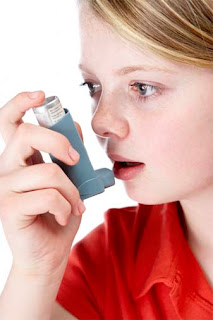 Nursing Diagnosis for Hallucinations
Nursing Diagnosis for HallucinationsDefinition of Hallucinations
Hallucination is a false perception by the senses in the absence of external stimuli (Cook & Fontain, Essentials of Mental Health Nursing, 1987).
Classification of Hallucinations
In clients with mental disorders there are several types of hallucinations with certain characteristics, including:
- Auditory Hallucinations: characterized by hearing the sound, especially the sound of voices, the client usually hear people talking about what he was thinking and ordered to do something.
- Visual Hallucinations: characterized by visual stimuli in the form of radiant light, geometric picture, cartoons and / or extensive and complex panorama. Vision can be fun or scary.
- Olfactory Hallucination: characterized by a foul odor, fishy and disgusting odors such as blood, urine or feces. Sometimes fragrant smell. Usually associated with stroke, tumors, seizures and dementia.
- Tactile Hallucinations: characterized by pain or uncomfortable without a visible stimulus. Example: the sensation of electricity coming from the ground, inanimate objects or others.
- Gustatory Hallucinations: characterized by feeling something rotten, putrid and disgusting.
- General somatic sensations: characterized by feeling the body functions such as blood flow through the vein or artery, or the formation of urine ingested food.
The Process of Hallucinations
Auditory hallucinations are the most common forms of perceptual disorders in clients with mental disorders (schizophrenia). The form of hallucinations may be noises or buzzing. But the most frequent form of words arranged in sentences that influence the behavior of the client, so the client produces specific responses such as self-talk, fight or other harmful response. Can also be listening to the voice hallucinations client with attentive listening to others who do not speak or on inanimate objects.
Auditory hallucinations are a major sign of the disorder of schizophrenia and a minor diagnostic requirement for involutional melancholia, mania depressive psychosis and organic brain syndroma.
Nursing Diagnosis for Hallucination
1. Risk for Violence: Self-Directed or Other-Directed
2. Disturbed Sensory Perception: hallucination
3. Impaired Social Interaction
4. Impaired Verbal Communication
5. Altered thought processes
6. Self-care deficit





